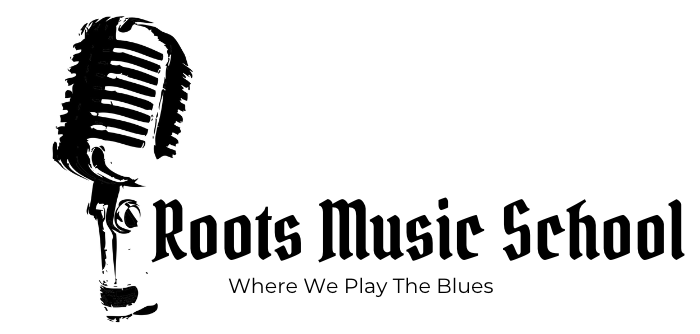Video
The 12-String Guitar ~ The Heavy-Hitter of Acoustic Blues Instruments
Today, the 12-string guitar is often associated more with folk music and simple open-chord strumming than with intricate lead guitar, ragtime, or traditional blues. But some of the most influential blues musicians of all time forged timeless classics wielding their 12-strings. In the following video, I’ll demonstrate many of the classic Blues styles and techniques that have proven the 12-string to be the heavy-hitter of acoustic stringed instruments.
LIVE STREAM LESSON: Blues Pickin’ & Sliding on the 12-String Guitar
Early Blues greats like Leadbelly and Blind Willie McTell played the 12-string guitar almost exclusively. These artists took advantage of the full-bodied tone and assertive dynamic presence of the 12-String, to accompany their powerful and expressive singing voices. Back in the early days of audio recording, it was difficult for microphones to pick up the intricate details of a 6-string acoustic, especially when it was competing with a full-volume Blues singer belting out a vocal melody. The 12-string’s acoustic volume is almost double that of a 6-string, providing a much fatter bed for the vocals to lay over, in the mix.
Blind Willie McTell “Travelin’ Blues”
Even Blues artists that are known for their 6-string electric guitar playing have been know to cut some of their most distinct tracks on solo acoustic 12-string. Two great examples of this are Jimi Hendrix’s “Hear My Train A Coming” and Stevie Ray Vaughan’s “Life By The Drop.” The intricate and sensitive single-note lead lines in these two tracks are fattened up by the doubled strings of the 12-string guitar.
Jimi Hendrix “Hear My Train A Coming”
Stevie Ray Vaughan MTV Unplugged
Stevie Ray Vaughan “Life By The Drop”
Thanks for keeping the Roots alive! Click “FOLLOW” on the right-hand side of this page to stay up-to-date with new lessons and articles.

-
advanced9 years ago
How to Play “Sleepwalk” on the 3-String Guitar! Guitar TABs Included!
-
beginner11 months ago
Exploring Different Guitar Types: A Beginner’s Guide
-
advanced11 months ago
Fun and Effective Guitar Exercises: Elevate Your Playing with These 5 Simple Techniques
-
beginner9 years ago
3-String or 4-String? How to Decide Which is Right for You!
-
Blues Guitar8 years ago
Go-To Tunings for Blues Slide Guitar
-
Uncategorized11 months ago
Acoustic Guitar Sizes: Finding Your Perfect Fit
-
Blues Guitar7 years ago
Jack Daniel’s Whiskey Barrel Guitar: How It’s Made and What it Sounds Like
-
Guitars11 months ago
Bass vs Guitar: Exploring the Musical Journey